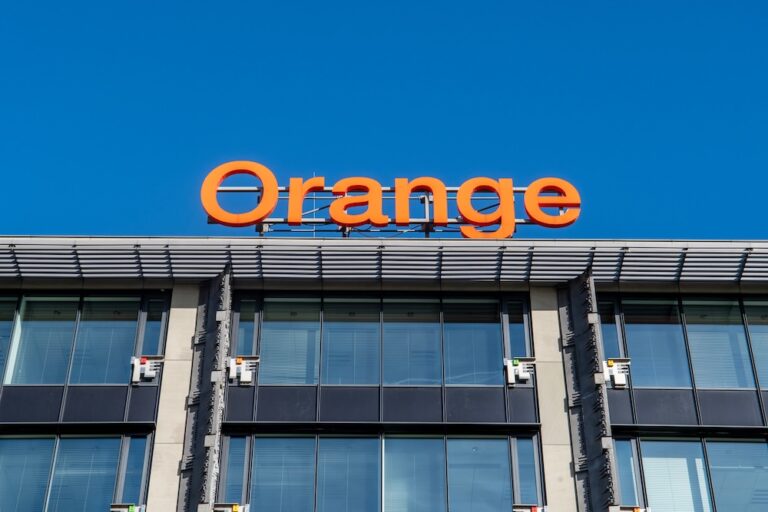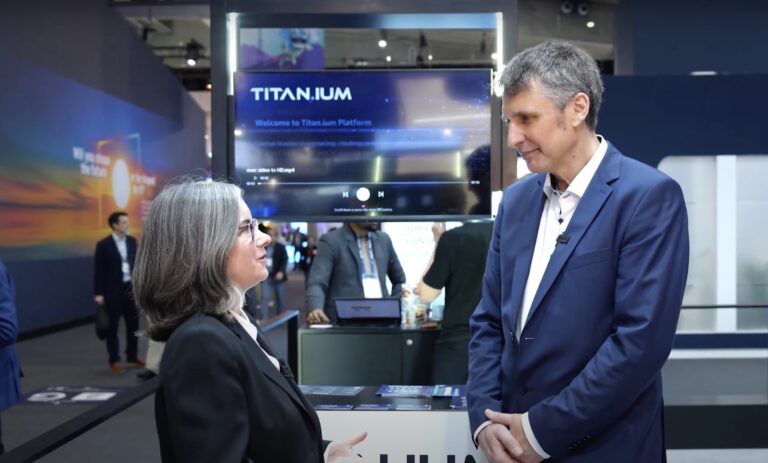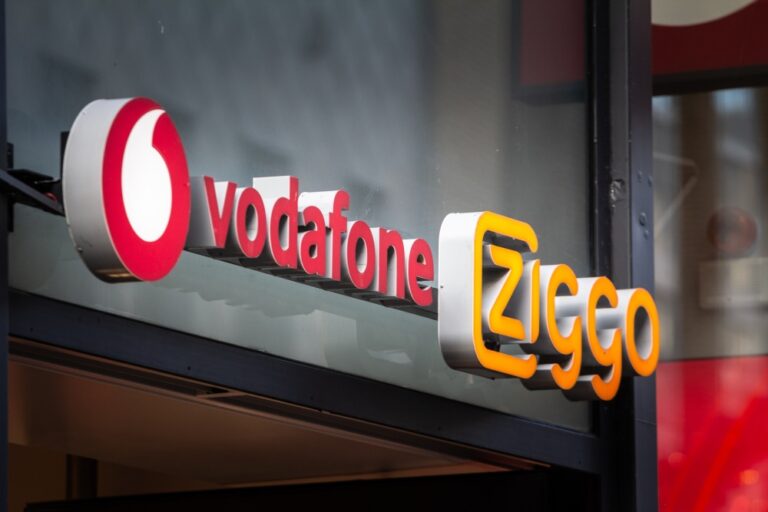Promising up-to-gigabit speeds for Italy’s National Gigabit to the Home network
Italy’s Open Fiber has extended its cooperation with Greek vendor Intracom Telecom to supply and deploy fixed wireless access (FWA) for Gigabit to the Home across the nation. The two companies said they are committed to deploy reliable gigabit connectivity to thousands of households using 5G mmWave.
The announcement comes almost a year after the two – as part of the tender for “Italia 1 Giga” plan – completed trials of Intracom’s WiBAS G5 dual-BS hub and G5 GigaConnect terminals operating at 28 GHz, reaching 1Gbps at 5km. Since 2019, Open Fiber has been pioneering in the use of FWA for rural networks in Italy, with an extensive deployment.
Open Fiber selected Intracom Telecom’s WiBAS G5 smart-BS as the key platform for its national rollout plan, bringing quality of service and gigabit speed connection to homes and businesses across Italy. It was chosen after delivering on three things: the ultra-fast speed of connection, the long range and the optimum spectrum utilisation to accommodate the highest possible subscriber density.
Intracom reckons its FWA platform hosts several technologies, which allow a subscriber to enjoy high download speeds of 1Gbps and an equally high upload speed of 200Mbps. This performance is available at ranges extending to 6km, using 200MHz of spectrum at the 5G mm Wave (26.5-27.5GHz) frequency band.
The WiBAS G5 smart-BS is a multiuser MIMO platform, with Active Antenna System using hybrid beamforming, consuming less power than conventional cellular mobile systems, achieving what the vendor claims is the highest spectral efficiency in the industry (29bit/s/Hz).
The stats are good but Ericsson for example, may argue differently. Last month the Swedish vendor teamed up with Qualcomm and Australian government-owned wholesaler NBN Co to conduct live field trials of 5G mmWave in parts of the NBN FWA network, achieving wholesale download speeds exceeding 1Gbps and upload speeds over 100Mbps at approximately 14 kilometres – albeit using 400Mhz.
“This collaboration with Intracom Telecom marks a significant step in our mission to provide high-speed connectivity across Italy, including rural and underserved areas,” said Open Fiber head of network engineering and innovation Francesca Parasecolo. “By leveraging Intracom Telecom’s advanced FWA technology, we can extend gigabit services to areas where other technologies are not cost-effective, ensuring fast, reliable, and energy-efficient internet access for both residential and business users.
She added: “This partnership is instrumental in accelerating the digital transformation of Italy, contributing to our goal of making ultra-broadband accessible to everyone.”
“We are honoured by Open Fiber’s trust in our technology, and we are fully supporting its mission to expand ultra-fast internet connectivity in Italy, bridging the digital divide in rural regions,” said acting CEO of Intracom Kartlos Edilashvili.
“Our technology plays a pivotal role in enhancing FWA services, delivering Gigabit connectivity where fiber and cellular mobile solutions face major limitations. This extension reinforces our shared commitment to bridging the digital divide and sets a new standard for FWA deployments across Europe,” he said.
No stranger
Italy was the first country in Europe to auction 5G mmWave spectrum. The multi-band auction ended in October 2018 with 1000 MHz in the 26GHz band being assigned to five MNOs. The licences are valid until 2037. Italian regulator AGCOM adopted a “club use” model where licensees can share 26GHz spectrum on a geographical basis when frequencies are not being used.
Since 2014, Intracom Telecom has been working in Italy’s telecom market, with its WiBAS product family deployed in over 50 networks worldwide, including 10 successful implementations across Italy. For example, in 2023, Eolo chose Intracom to upgrade its network, which at the time had more than 4,100 BTS (radio repeaters), connecting 1.6 million people and 116,000 businesses, public administrations and professionals.
Open Fiber and Eolo have agreed to collaborate by utilising Eolo’s fixed wireless network to enhance ultra-broadband connectivity in underserved areas. This involves Open Fiber connecting Eolo’s towers with fibre, improving the overall network infrastructure. This collaboration extends a partnership that began in 2019 with the marketing of Eolo’s FTTH services on the Open Fiber network, followed by an agreement for Open Fiber to connect Eolo towers with fibre in 2021.
Fastweb also has a partnership with Eolo to accelerate the availability of high-capacity services in areas lacking high-performance fixed connectivity. This collaboration utilises Fastweb’s spectrum in the 26 GHz band, acquired during the 2018 5G auction, and Eolo’s FWA infrastructure to provide connections of up to 1Gbps.












